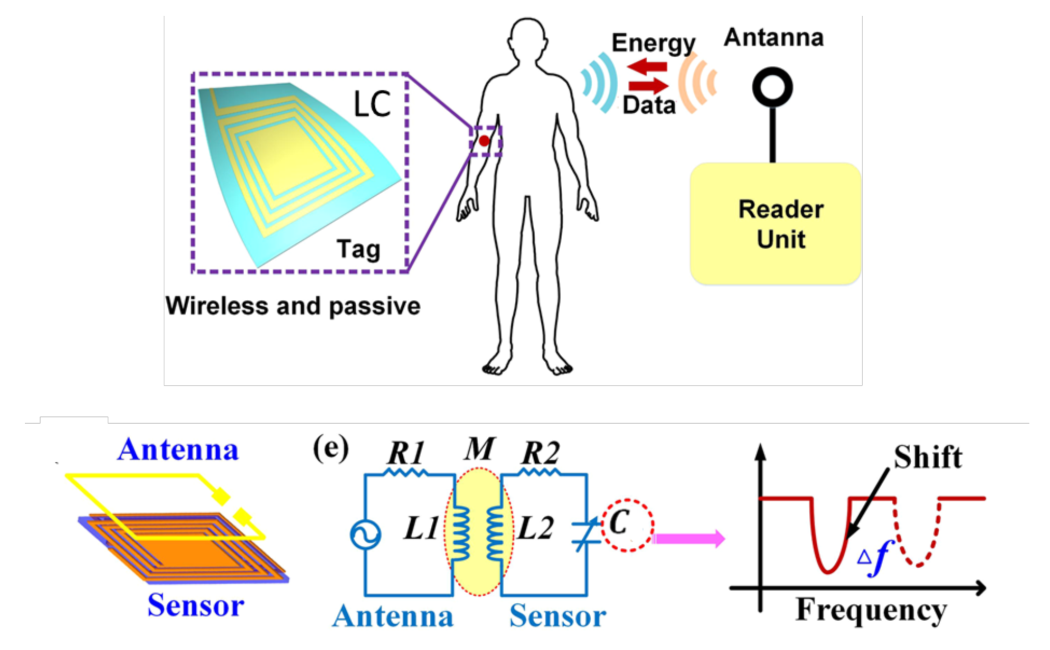H. Nesser, G. Lubineau
Strain sensing by electrical capacitive variation: From stretchable materials to electronic interfaces
Advanced Electronic Materials (accepted, 2021)
Sensing the motion of objects and humans is essential for various applications, including human-machine interfaces. Over the past few years, motion sensing has been extensively studied using capacitive strain sensors that can be utilized for wireless communications. The performance and functionality of capacitive strain sensors have been improved by achieving high sensitivity, large-area sensing, ultra‐stretchability, and simplicity in design, measurement methods, and wireless integration. This review article highlights recent developments in capacitive strain sensors, including their characteristics and applications. First, the mechanisms and techniques employed to enhance the sensitivity of capacitive strain sensors are reviewed. Then, the notable features of this sensing strategy are highlighted, such as its ability to cover a wide area, properties of the required electronic interface, and sensor implementation inside a remote measurement system via an oscillating circuit. Therefore, a global review of the capacitive strain sensor that has been previously attempted could participate in developing an effective sensing method to meet the market need.
Strain sensor, capacitive variation mechanism, Electronic interface, LC oscillator, Wireless detection, distributed strain


